PinchedDreamer
Full Member
Very very close resemblance to many basaltic brecciated Eucrite and Lunar meteorites. One of them has remnant fusion crust and very beautiful clast arrangement. Another one has a clast that covers half of one face, while the other half is sprinkled with smaller light colored clasts over dark matrix of melt. the larger one is shocked to hell, and displays beautifully laid clasts. Very well representated areas of shock melt as well.
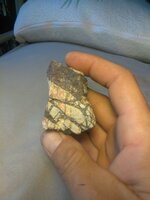
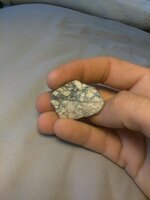
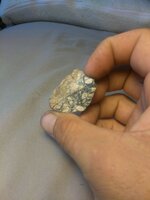
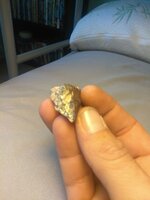
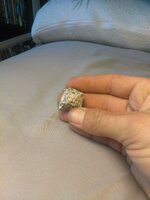
Thoughts? Opinions? I will take some better pics this afternoon. I know these are fairly pixelated when zoomed in, but the clastic composition/shocked nature of the pieces is pretty obvious IMO. What do you guys think?





Thoughts? Opinions? I will take some better pics this afternoon. I know these are fairly pixelated when zoomed in, but the clastic composition/shocked nature of the pieces is pretty obvious IMO. What do you guys think?
Last edited:










